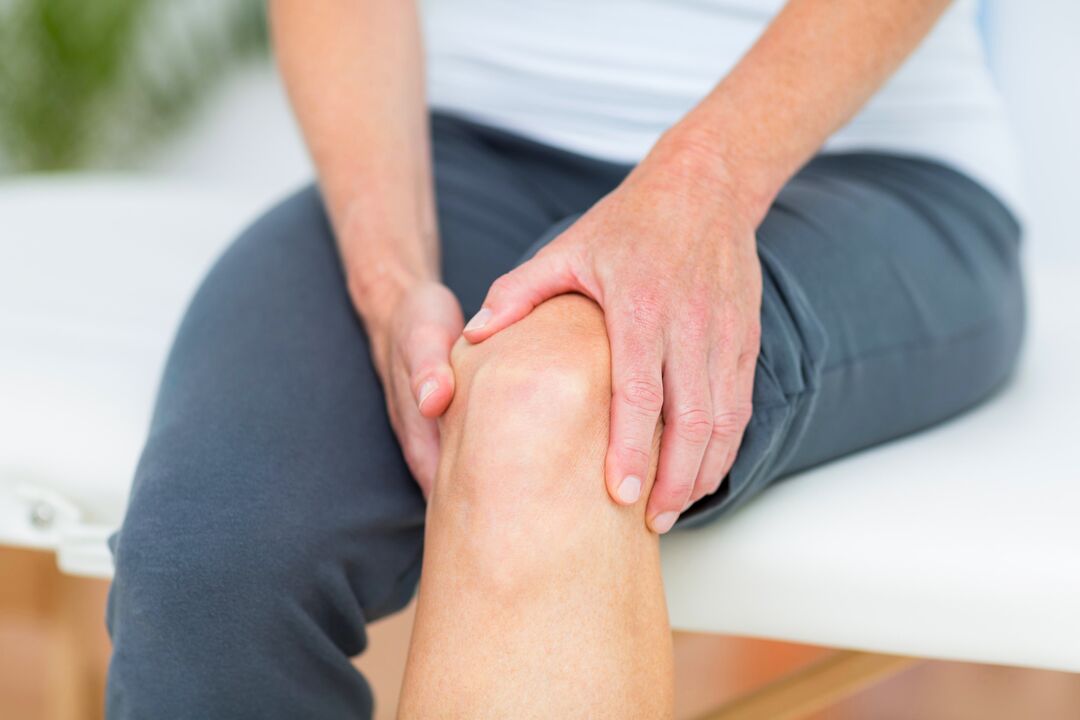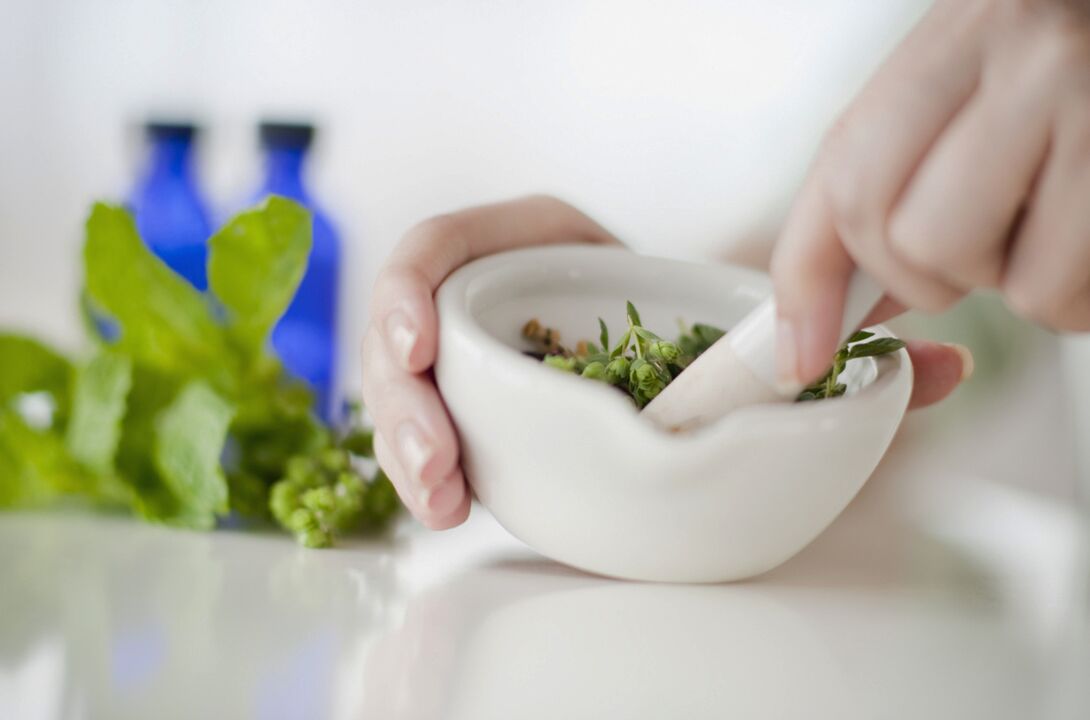Among the world's population, joint diseases occupy one of the first places. Many people feel pain in joint tissues and cannot perform physical work. It is no secret that significant changes occur in the apparatus with age. Often the damage is irreversible. Under no circumstances should the disease be allowed to spread. It is necessary to improve the symptoms of the disease with complex therapy and physiotherapy - in this case, the joints begin to work better and the pain disappears.

In medicine, pain in the joint capsule is called "arthralgia". The disease reduces a person's ability to work and does not allow him to do household chores at home. Arthralgia is a symptom of many joint diseases. Osteoarthritis, gout, rheumatoid arthritis, arthritis and trauma all cause pain.
Arthralgia is associated with an inflammatory process. Often the pain is accompanied by swelling and redness of the skin. A person suffering from arthralgia feels relief only with complete rest. With joint diseases, the limbs can become numb and their mobility is often limited. How can you overcome the disease and make your joints function fully and without pain?
Drug treatment
Complex drug treatment involves the use of external ointments, tablets, antibiotics and pain-relieving injections. Often, the doctor prescribes chondroprotective drugs that improve the condition of the cartilage and restore the joint capsule.
The inflammatory process in the joints requires the use of agents that prevent the spread of disorders and degenerative changes in the subchondral tissue. Treatment of the disease depends on its nature. When the joints are swollen, the severity of the process can aggravate the swelling of the joint structures. In this case, you need to undergo a complete diagnosis to find the cause of the pain.
Pain syndrome can cause metabolic disorders in ligaments and tendons. In such a situation, calcifications accumulate. Disruption of salt deposits causes pain. Bone growths also cause excruciating pain. They make it difficult for the elements of the joint to slide and prevent their normal operation. As a result, a person loses his ability to work.
The following are prescribed in the complex treatment of arthrosis and other joint diseases:
- Anti-inflammatory drugs and analgesics - drugs relieve swelling, relieve pain and improve the functionality of the joint capsule. Medicines are used locally - a small amount of the product is applied to the painful area 2-3 times a day.
- Antibiotics are used when the cause of arthralgia is infection. The products cannot be used in treatment without a medical prescription. Antibiotics relieve inflammation in the joint, help fight tumors in rheumatoid arthritis and prevent joint deformation.
- Cytostatics and steroid hormones are prescribed for the autoimmune process, acting on the site of inflammation and promoting healing.
- Chondroprotectors - prescribed for polyarthritis, arthrosis.
- Intra-articular injections - hormonal anti-inflammatory drugs are injected into the joint cavity.
Various painkillers and anti-inflammatory ointments are used to relieve joint pain. A drug with phenylacetic acid derivatives has proven itself well in therapy. The ointment is quickly absorbed, its components bind to blood proteins. Apply the ointment to the problem area 3-4 times a day. The drug is used with caution in case of exacerbation of kidney diseases. A transdermal patch is used to relieve joint pain. The drug is contraindicated during pregnancy and lactation.
Physiotherapy
Electrophoresis treatment for joint pain is widespread. This physiotherapeutic technique allows to eliminate the inflammatory process, pain and improve joint mobility. Electrophoresis prevents the development of complications of the disease and eliminates pathology in the early stages. The method is gentle and does not have a negative effect on the human body. Electrophoresis is also called iontophoresis. The treatment method is based on the effect of direct current, which ensures the delivery of the necessary medicinal substances to the site of inflammation.
Electrophoresis treatment has a vasodilating, relaxing and analgesic effect. The method helps to dissolve infiltrates and accumulate the drug in joint tissues. The main indications for electrophoresis are the following joint diseases:
- knee arthrosis;
- interphalangeal osteoarthritis;
- hip dysplasia;
- elbow and shoulder injuries;
- ankle joint injury.
Local application of painkillers and anti-inflammatory drugs ensures rapid elimination and recovery of the inflammatory process. UHF exposure stimulates blood flow, increases blood microcirculation and triggers the necessary recovery processes in the joint capsule. The therapy provides excellent pain relief and in some cases completely restores the patient's ability to work. Low-intensity exposure to the UHF device helps eliminate free radicals. The technique is often combined with the injection of a vasodilator into the joint. Physiotherapy can increase the remission period of joint diseases.
Joint therapy should be comprehensive. Physiotherapy procedures also include ultraviolet radiation, therapeutic baths, magnetic therapy and paraffin baths. Electrophoresis can be replaced by ultrasound. Under its influence, medicinal ions are quickly delivered to the joint tissue. High-frequency sound waves have a positive effect and strengthen metabolism in the joint apparatus.
Magnetotherapy is a physiotherapeutic method of treating joints based on the effect of eddy magnetic currents. Magnetic eddy currents:
- heating of joint tissues;
- improve blood and lymph flow in the joint apparatus;
- stabilize vascular tone;
- eliminate inflammation;
- relieve pain.
Magnetotherapy has a beneficial effect on the rheological properties of blood masses. Physiotherapy procedures trigger the necessary regenerative reactions in the patient's body and improve the metabolic process. The method has few contraindications. Physiotherapy cannot be performed in case of tumor, tuberculosis, epilepsy or pregnancy.
Infrared laser therapy is a method that helps improve joint health. Physiotherapy procedures are usually performed daily. At the very beginning, their intensity is regulated by a medical specialist. The laser has a positive effect on the condition of the joint apparatus. The method is effective for diseases of the spine, neck and lower back. The laser reduces the sensitivity of the nerve root, which helps reduce pain in the lower back, neck and back.
Massage is also used for arthrosis. It helps to warm the joint tissue and improve blood supply. Various kneading, hitting, rubbing movements are used. Massage stabilizes the tone of the blood vessels of the joint capsule, improves blood supply to the entire joint apparatus.
The use of radon and hydrogen sulfide baths has a beneficial effect on the painful joint. The procedures lead to pain relief, improved blood supply to the joint, and regenerative reactions in the painful body. Blood circulation in the joint apparatus is normalized during the bath.
Ozokerit therapy has become a new step in the treatment of joint pain. The method is based on the effect of ozokerite. This petroleum product contains useful essential oils, mud and resins. The substances have a strong healing effect on the diseased joint tissue. Ozokerit has a warming effect and is used as an application to the diseased area of the body. Physiotherapy is a treatment prescribed by the attending physician. It must be used in the comprehensive elimination of joint diseases.
Traditional methods
Traditional medicine and herbal medicines are effective aids in joint pain relief. Traditional recipes help to avoid surgical intervention and restore the health of diseased joints. There are several treatment options:

- Treatment with a plant like cinquefoil helps well. The plant perfectly relieves pain, restores cartilage and bone structure, and prevents salt deposition. The treatment uses the dried root of the herb. Take a spoonful of raw materials, pour boiling water and leave in a water bath. Take the infusion three times a day after meals. The herb itself is also used in treatment. It is crushed, poured with 150 ml of alcohol and brewed for three weeks. Before use, the tincture is diluted with drinking water. Take the product three times a spoonful on an empty stomach.
- An ointment can be made from cinquefoil rhizome to treat joints. For this, crushed vegetable raw materials are seasoned with melted lard. The mixture is heated and stirred. The herbal remedy is heated for four hours, then cooled. Store the ointment in the refrigerator. The product is slightly warmed before applying it to the problem area of the body.
- Burdock root is also suitable for treating joint pain. They are harvested in the 2nd year of the plant's life. It is not washed so that the root does not lose its bioactivity. Before use, the rhizomes are cleaned, crushed and boiled. The broth is covered and allowed to brew. Drink 1/3 cup of the product. It can also be used as a compress.
- A mixture based on lemon and celery helps remove harmful substances from the diseased joint and starts the recovery process. Lemon peel should be slid in a meat grinder together with celery roots and leaves. The mixture is brewed for seven days, the cake is pressed and a small amount of honey is added. As a result, the product is stored in the refrigerator. A spoonful of the drug is taken orally. The mixture cleans the joint well and restores the structural tissues.
- Wash the potato with the peel, cut the product into pieces, add water and cook for more than an hour. The decoction is filtered and taken on an empty stomach three times a day for about 2 weeks.
It is useful for elderly people to eat bran to improve the condition of joint tissues. They remove toxins from the body, purify lymph and blood. Bran porridge is consumed in the morning on an empty stomach. The course of medication is at least 1 month. During this period, the joints are cleansed of harmful toxins and their mobility improves.
A good remedy for the treatment of joints is bay leaf. A decoction is made from this dried plant - take about 20 leaves, boil, infuse and take throughout the day. The product is distributed in several doses.
Golden mustache ointment effectively removes salt deposits and is used for arthritis and arthrosis. The product is made from the juice of the crushed plant. Baby cream or vaseline is added to the vegetable juice. The product is applied to the problem part of the body 1-2 times a day. The mass can also be used as a compress. The product is applied to gauze, applied to the painful area, closed with a bandage and left for about an hour.
catering
Proper nutrition plays an important role in the treatment of joint diseases. To improve the condition of cartilage tissue, it is useful to consume jellied meat, aspic. These foods help restore synovial fluid and slow down the progression of arthrosis. Jellied meat contains many useful substances, collagen and protein. They improve the composition of human cartilage and bones and restore the ligament apparatus. The substances contained in jellied meat prevent the thinning of cartilage and bones, their deformation and the development of the inflammatory process. Other foods containing gelatin are also suitable for the treatment of joint diseases.
The source of collagen, which is necessary for joints, is chicken cartilage. It contains useful protein compounds that replenish collagen reserves in the human body. One spoonful of ground chicken cartilage should be consumed in the morning on an empty stomach. The remedy can be washed down with orange nectar. Also, they use this tool to improve the functioning of the joints - they boil chicken knees for a long time. Drink a decoction of chicken knees in a small amount every day. The broth is diluted with water.




























